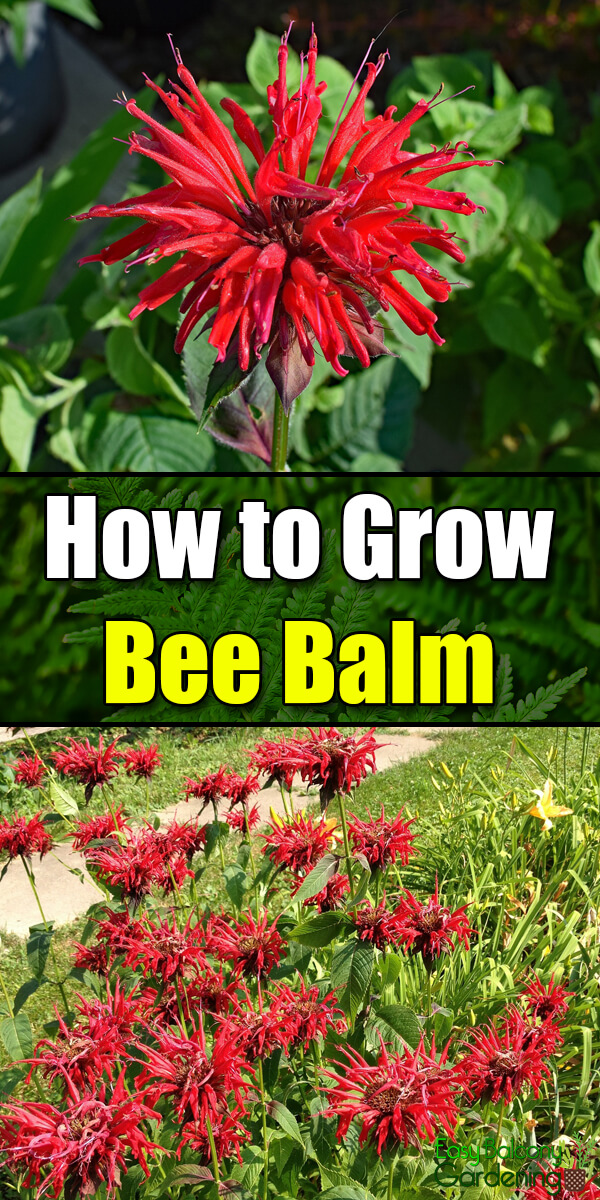Bee balm, of the genus Monarda, can grow as tall as three feet and has low maintenance needs. Bee balm’s tubular flowers have varied colors. The wild variety has hues ranging from light purple, crimson, pink, lavender, and lilac. The crossbreeds and cultivars, which are diminutive compared to the wild bee balm, have colors of red, white, and deep blue. Bee balm attracts hummingbirds, butterflies, bees and other pollinating insects.
Companion Planting
Bee balm is a companion plant to small vegetables like tomatoes, assisting them with growth and flavor. You can also plant bee balm with other crops that like bee pollination. Note, however, that bee balm does not like field mustard.
Propagation
Division is the most common method of propagation. Make the division in the early spring. This process helps with air circulation and the prevention of root rot. Bee balm can also be started from seeds without difficulty. However, the offspring may not be as the parent plant. Wait till late fall or early spring to sprinkle the seeds in the ground or in the pot. Bee balm can also be propagated through cuttings and layering. Purchase some rooting hormone from your local nursery and dip the lower end of the cutting in the solution. Put it in a pot with some moist potting mix. Protect the pot with a bag and situate it in indirect sunlight. It should germinate in approximately three weeks.
Cultivation
Bee balm grows best under full sun and well-drained moist soil. In partial shade, it is more than likely that there would not be as many blooms. The plant will also have more of a horizontal growth. Unearth the clumps in the early spring, throw away the older segments, and replant the new ones approximately 12” – 15” apart. Encourage growth by fertilizing in the spring. If you want to use the new slow-release 18-6-12 and 29-3-4 fertilizers, be sure to follow the recommended application for 10-10-10 (nitrogen, phosphate, potash) on the label. Cut the blooms as soon as they are done. This will encourage a second blooming. Whenever you see mold on your bee balm, it means that there is insufficient air circulation due to plant crowding. Bee balm multiplies rapidly and should be separated about every 3 or 4 years, or sooner if the plant core seems to be wilting away. (Note: If your bee balm dies where you at first planted it, just stir the soil and let the plant revive.)
Uses of Bee Balm
The crushed leaves of all 16 species of bee balm give off a piquant, strong scent. Dried, the leaves may be utilized for aromatherapy. Made into a tea, the dried leaves of bee balm have been reported to help fever, headaches, nausea, insomnia, and menstrual discomforts. Bee balm is also used as a diuretic and as an antiseptic. Bee balm makes a good potpourri.









This is great,please can you introduce to flower or plant best for my apiary that bee can forage on which can give high yild of honey ?